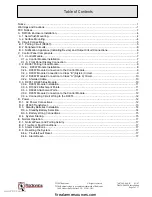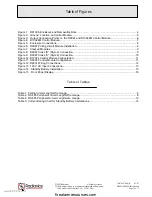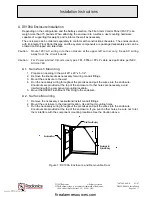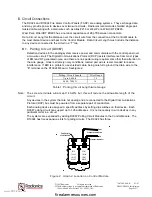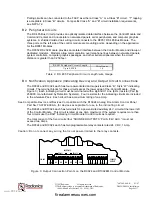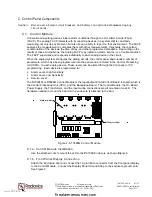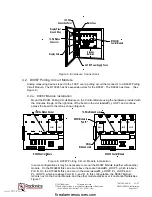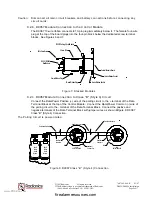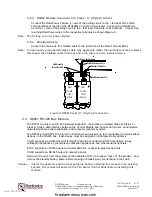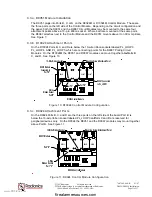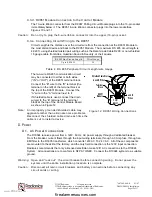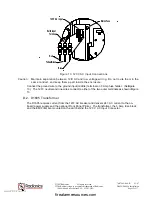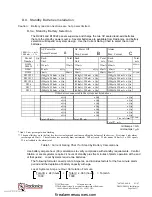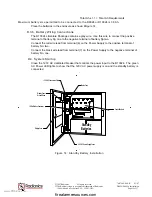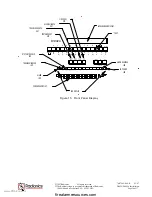
D9024 and D10024 Analog Fire Alarm Control Panels
1997 Radionics All rights reserved
The Radionics logo is a registered trademark of Radionics,
1800 Abbott Street, Salinas, CA 93901, USA
74-07649-000-B 01/97
D9024/D10024 Installation
Page 1 of 17
Installation Instructions
Notice
The material and instructions covered in this manual have been carefully checked for accuracy and are
presumed to be reliable. However, the manufacturer assumes no responsibility for inaccuracies and
reserves the right to modify and revise this document without notice.
These instructions cover the installation of the D9109A Enclosure and the installation of the D9024 or
D10024 system components within it. See the Fire Alarm Control Panel Operator’s Manual for
instructions on powering up and operating the system.
Warnings and Cautions
Warning
is used in these instructions to indicate procedures to follow to avoid injury.
Caution
is used in these instructions to indicate procedures to follow to avoid damage to
equipment.
FCC Notices
Part 15
This equipment has been tested and found to comply with the limits for a Class A digital device, pursuant
to Part 15 of the FCC Rules. These limits are designed to provide reasonable protection against harmful
interference in a commercial installation. This equipment generates, uses and can radiate radio
frequency energy, and, if not installed in accordance with the instructions, may cause harmful
interference to radio communications. However, there is no guarantee that interference will not occur in a
particular installation. If this equipment does cause harmful interference to radio or television reception,
which can be determined by turning the equipment on and off, the user is encouraged to try to correct the
interference by one or more of the following measures:
1) Reorient or relocate the receiving antenna
2) Increase the separation between the equipment and the receiver
3) Connect the equipment into an outlet on a circuit different from that to which the receiver is
connected.
4) Consult the dealer or an experienced radio/TV technician for help.
UL/NFPA Notices
•
UL listed for NFPA 72, Local
All
references to NFPA and related requirements
are based upon compliance with the 1993 edition of
NFPA 72, National Fire Alarm Code. Since installation specifications are nearly always based upon a specific
edition of a standard which has been legally adopted by the Authority Having Jurisdiction (AHJ), earlier
editions of NFPA standards will generally apply. Consult with the appropriate AHJ for
confirmation.
www.PDF-Zoo.com
firealarmresources.com


